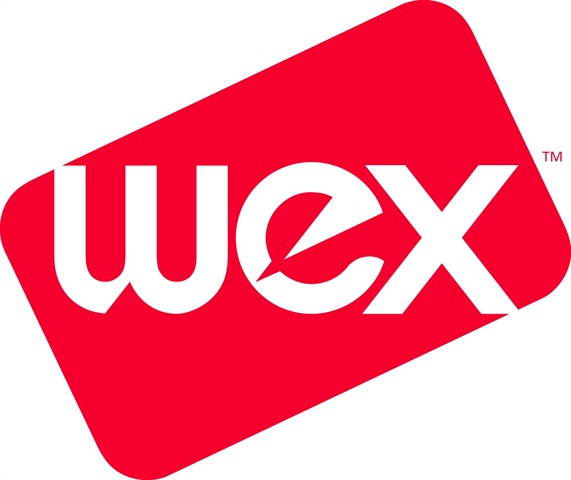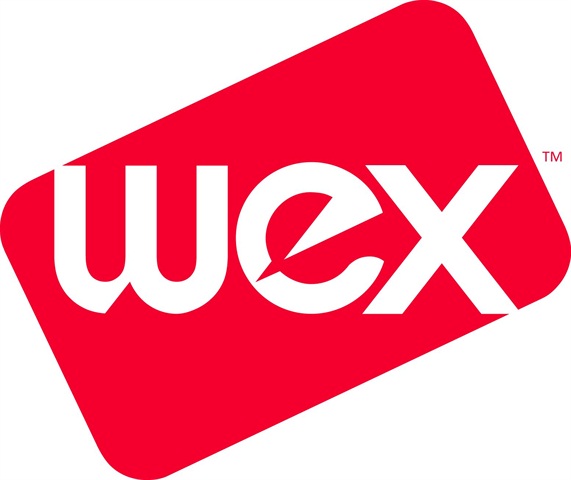
WEX
Justin and his team made the switch from Visio and now rely on Lucidchart to build network and architecture diagrams that help their team communicate more clearly, eliminate inefficiencies, and increase productivity.
Key benefits
- ORGANIZE PROJECTS
- Justin and his team have a folder in Lucidchart for every site they work on which includes diagrams showing how the site will look from a logical and physical perspective. These folders ensure team members and contractors can collaborate in real time and have all the resources they need.
- COMMUNICATE CLEARLY
- Many on Justin's team work remotely, and it can be hard to explain ideas over the phone. Justin uses Lucidchart in real time on conference calls to communicate more efficiently and make sure everyone understands what needs to be accomplished.
- SWITCH FROM VISIO
- Visio wasn't meeting the team's needs. They needed collaboration, consistency, and a repository for all diagrams. Lucidchart provides all three, allowing for real-time collaboration, revision history, custom shape libraries, and nested folders.
- COORDINATE ACROSS TEAMS
- When Justin's team has finished implementation, they can easily pass their diagrams onto the network services team. Since everything has been documented in Lucidchart, the next team can easily come up to speed.
SIZE: Medium (101-2,500 employees)
WEX Inc. offers payment processing and business solutions across a variety of sectors, including fleet, travel, and healthcare. The company’s primary line of business is Fleet, which provides powerful fleet cards and fuel management tools and services to help fleets save on fuel expenses and operations. WEX also offers tailored payments products and technology to reinvent the way payments serve businesses across a variety of industries.

WEX Inc. offers payment processing and business solutions across a variety of sectors, including fleet, travel, and healthcare. The company’s primary line of business is Fleet, which provides powerful fleet cards and fuel management tools and services to help fleets save on fuel expenses and operations. WEX also offers tailored payments products and technology to reinvent the way payments serve businesses across a variety of industries.
As the manager of network engineering, Justin manages a team responsible for engineering projects throughout the organization, which includes design, engineering, and architecture.
And they have a lot of projects to handle. A global company, WEX has a presence in the United States, United Kingdom, Singapore, Australia, Brazil, and Austria. Since WEX has largely grown through acquisitions, not all websites are integrated into the WEX network. Networks are independently managed by separate IT teams, and they work on different platforms and architectures. The result is inconsistency—and a headache for Justin and his team.
Hence why Justin and his team are working on integrating all these different environments. They are currently standardizing their Palo Alto firewalls and deploying them across all their sites. The company is also moving towards SD-LAN in order to cut costs.
For any site that they work on, Justin and his team must first build the reference architecture. What will the site architecture look like? How does the firewall go in? What do the logical and physical designs look like?
They answer these questions by building network and architecture diagrams in Lucidchart.
Facilitating work with contractors
With aggressive timelines and small teams, WEX has contractors augmenting their staff. In order to bring contractors up to speed on a project, Justin and his team use Lucidchart to create the history diagrams for each site. They have created folders in Lucidchart for each of their sites, and each folder contains multiple diagrams to show how a site will look from a logical and physical perspective. Using layers, Westin and his team can even capture the logical and physical networks inside a single diagram.
These diagrams facilitate communication between WEX and contractors, especially because these individuals no longer have to pass Visio diagrams back and forth. Instead, everyone has access to the Lucidchart diagrams so employees and contractors can make edits in real time, eliminating versioning issues. They can also leave comments asking for changes, updates, etc.
Working remotely
Many on Justin’s team work remotely, and that adds up to a lot of conference calls. It can be hard to convey an idea over the phone, but Justin has found that visuals are the key to clear communication. He now frequently uses Lucidchart in real time on calls, sharing his screen to create diagrams together with his team. Justin explains:
“There are so many times on a call when you leave the call just as confused as when you started. By using Lucidchart, we leave the call with some sort of actual document that outlines what was discussed and what we’re trying to accomplish. Then we can take that and dive into the details from there.”
Whether Justin and his team are working on a new design, troubleshooting, or trying to come up with some sort of reference architecture, Lucidchart helps things get done faster and better. After the call, Justin publishes a URL to the diagram that he sends out to the team so everyone has access.
“Once I send out the URL, everyone can see if we make changes to those diagrams. We don’t have to continually send it out again once changes are made. They simply go back to that URL, and everything updated is already there.”
Switching from Visio
Justin and his team used Visio for years. But they are true Lucidchart converts—Visio simply wasn’t meeting the needs of Justin’s team. Lucidchart is now their primary documentation tool.
“We needed collaboration. We needed consistency. We needed a repository for all our diagrams. I got sick of people having different diagrams in different places so no one knew where anything was.”
Lucidchart checks all the boxes that Visio didn’t.
The team organizes their diagrams in nested folders. They collaborate in real time with remote workers, and so Lucidchart rounds out G Suite, since the team was already working on projects in real time using Google Docs and Sheets. Luidchart has revision history so Justin can keep track of changes made to a diagram. While Visio made it difficult to get shapes, Justin loves all the shapes readily available in Lucidchart, in addition to the ability to upload and save new shapes for the entire team.
Passing diagrams on
These diagrams guide others as well. After Justin’s team has finished implementation, they pass the diagrams off to the network services team, who is responsible for maintaining everything after deployment. Because every stage thus far has been documented in Lucidchart, it’s easy for the next team to quickly come up to speed and have access to all resources in a single location.
According to Justin, working visually with Lucidchart has significantly increased productivity for his team. The platform promotes clearer communication that helps to eliminate inefficiency, allowing his team to work smarter and faster. They may be a small team, but they get a whole lot done.